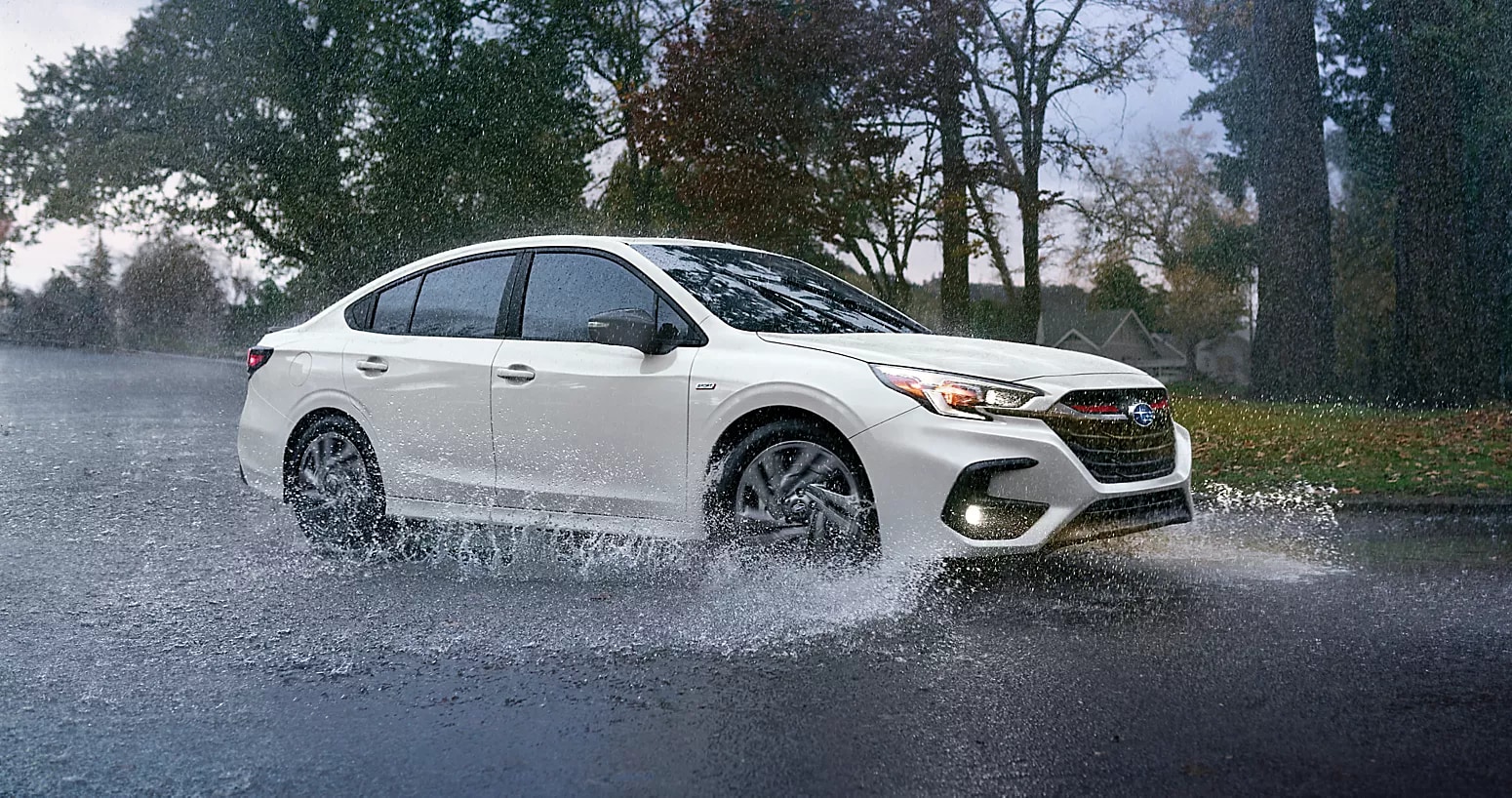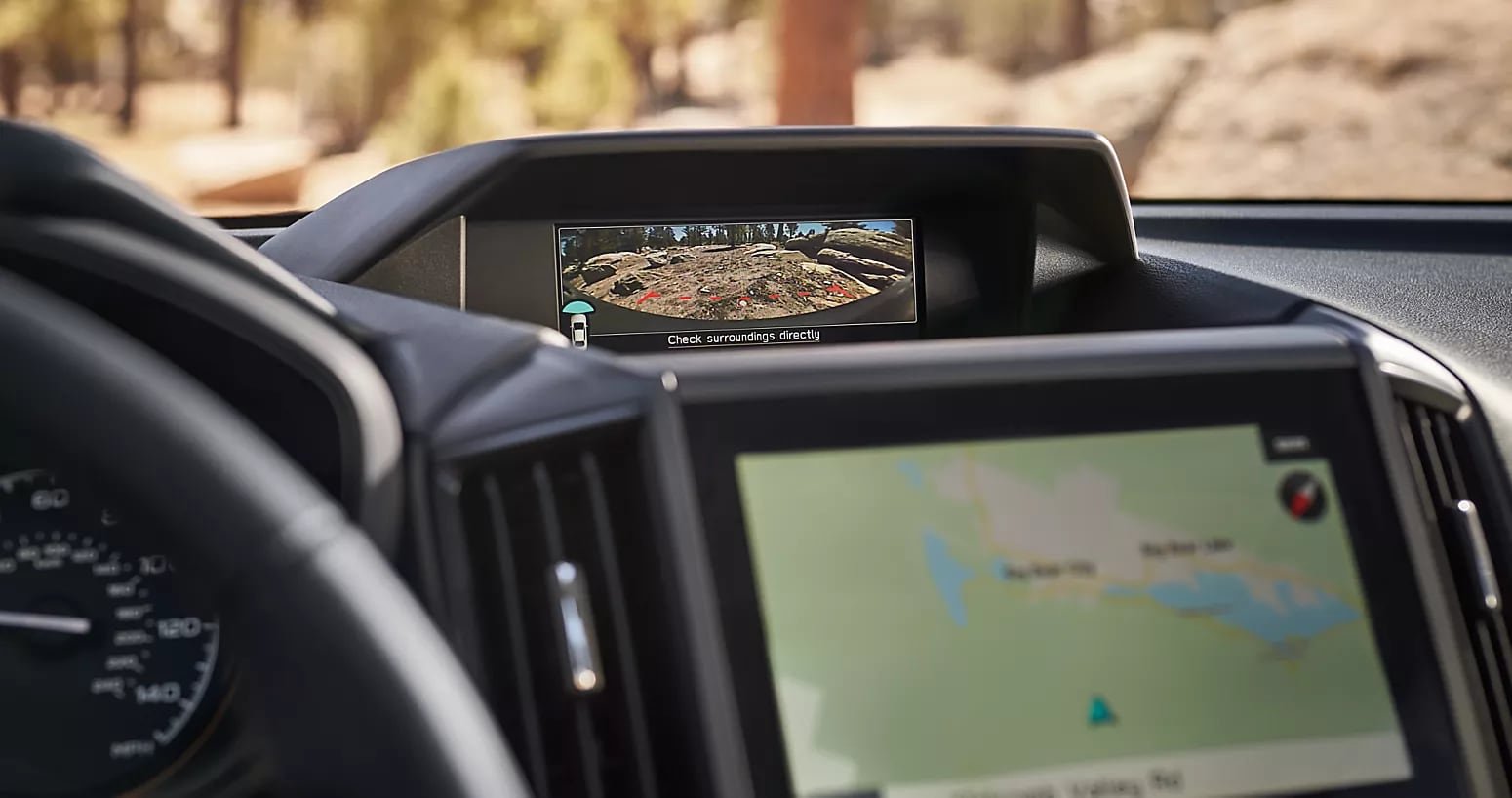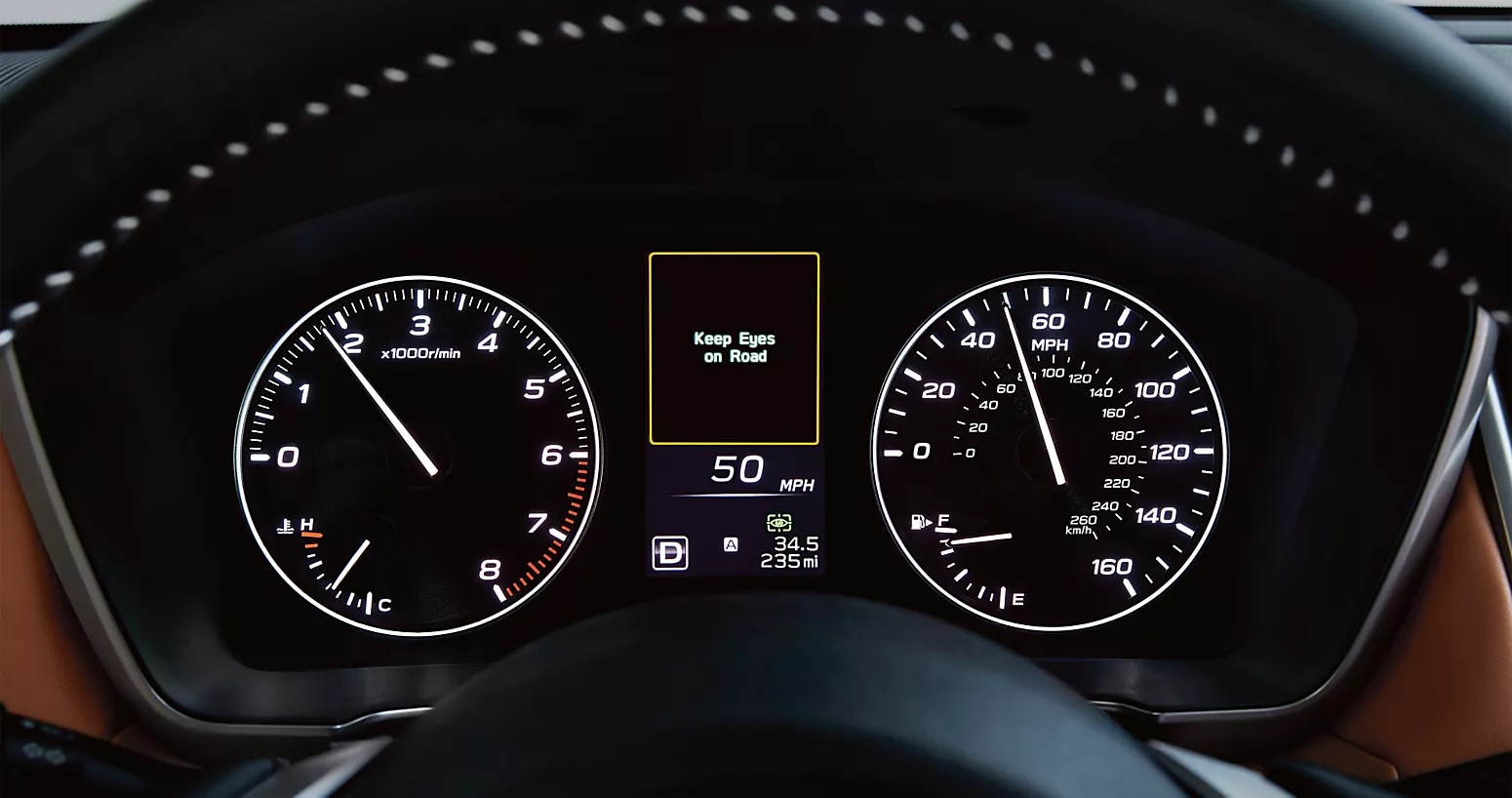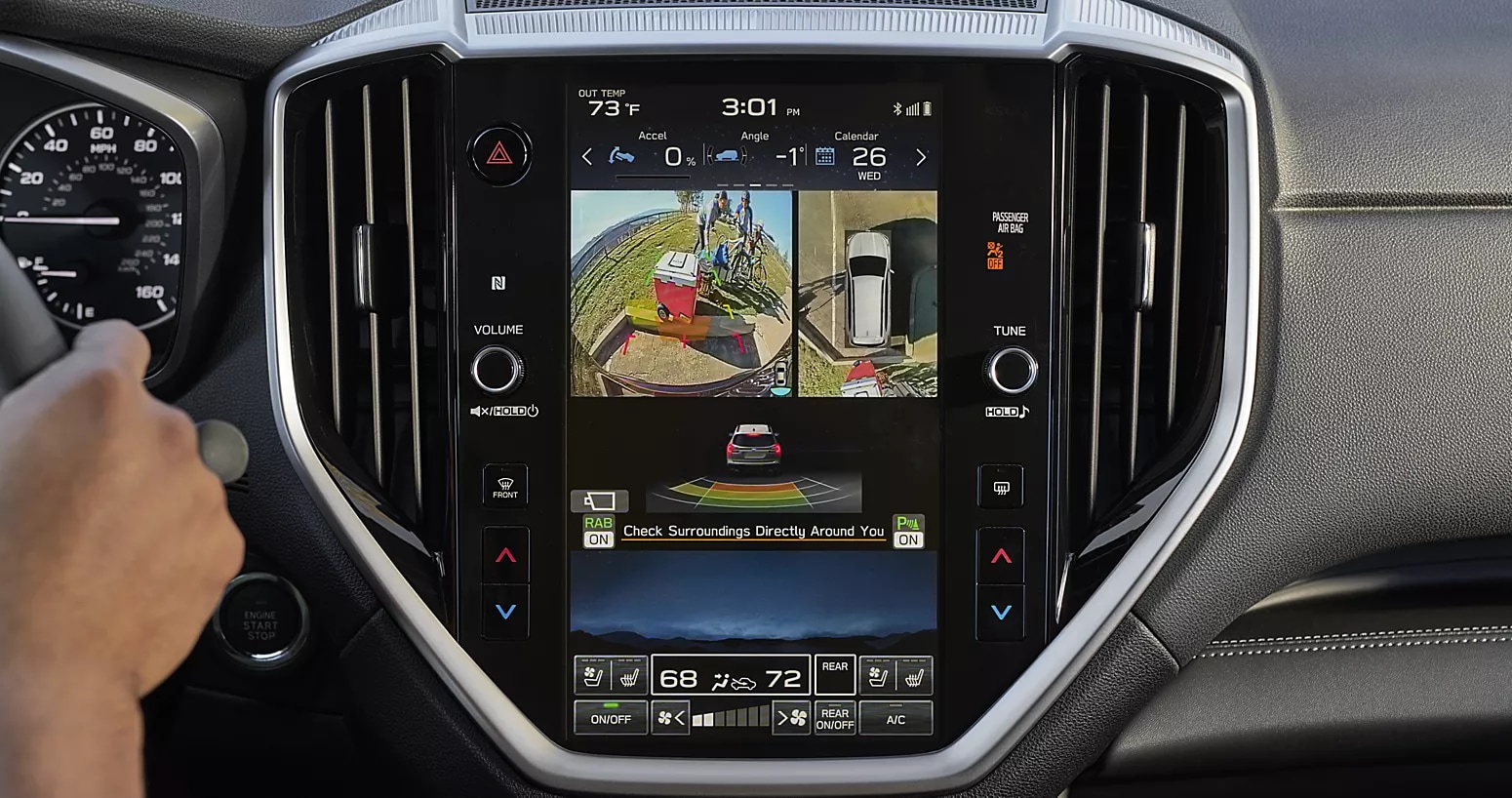
What is Automatic Emergency Braking (AEB)?
Vehicle safety systems and anti-collision technologies continue to advance, reducing the crash rates and saving lives. Subaru’s automatic emergency braking identifies when a potential collision is about to happen and autonomously activates the brakes to slow or stop the vehicle. Using advanced technologies like radar, cameras, or LiDAR, the car’s onboard systems instantaneously analyze the situation to react accordingly. Low speed vehicles are stopped before collision, and faster moving vehicles are slowed to minimize the damage.
Statistics And Studies On AEB's Effectiveness
As of 2022, the IIHS and Consumer Reports ranks Subaru as the #1 car manufacturer offering automatic emergency braking systems in their new models. Subaru attributes their 85% reduction in rear end collisions and 49% pedestrian accidents to their EyeSight system, which includes automatic emergency braking. Vehicle crash studies on younger drivers show a much higher claim frequency and front end crashes than older age groups. But since its implementation, Subaru’s crash prevention system has reduced crash claims rates by 21% for drivers under 25 that drive a Subaru Forester, Outback or Crosstrek. For drivers 25 to 65 years old, their automatic emergency braking safety system reduced their collision claim rates 18.5% and 6% reduction for drivers over 65 according to the Highway Loss Data Institute.


How Does Automatic Emergency Braking Work?
While the goal of automatic emergency braking (AEB) is the same across all manufacturers, each has their own unique engineering to keep drivers and passengers safe. Subaru’s EyeSight is the heart of their vehicle’s safety technologies and plays a key role in their exceptional crash test ratings year after year. Subaru uses sonar for rear object detection that enables the reverse automatic emergency braking system when drivers are backing up.
Dual stereo cameras mounted behind the windshield detect objects in front of the vehicle while the onboard computer uses the images to triangulate distances using a single set of hardware that triggers the automatic emergency braking system to stop the car before impact. Subaru’s AEB system works in conjunction with the anti-lock brake system (ABS) and the electronic brake force system (EBS) so drivers can maintain control of their vehicle while the rear brakes create a greater resistance than the front distributing and increasing the braking capacity at higher speeds.

What Are The Advantages Of Subaru's AEB Implementation?
While no computerized system or safety technologies can replace human decision-making, automatic emergency braking can assist drivers when they cannot brake fast enough. With EyeSight safety features integrated in the front and back of Subaru vehicles, drivers have the advantage of extra eyes that sense an impending collision. The system first alerts the driver of potential danger and then attempts to react if the driver does not slow the vehicle.
What Are The Benefits Of Automatic Emergency Braking?
Subaru’s dual camera detection system that is used for their automatic emergency braking provides unique benefits like object detection. Other manufacturers that utilize radar for enabling their AEB system cannot detect objects like street signs or brake lights. When your Subaru detects brake lights ahead of you that are closing in too fast, you’ll be alerted and if needed, the automatic emergency braking system will be enabled. While we hope you’ll never be in a situation that requires your car to use the automatic emergency braking system, if it does happen, you’ll have the benefit of proven Subaru safety technologies helping you.


Test Drive A Subaru To Experience The Peace Of Mind That Comes With AEB
With EyeSight safety technologies standard on every model, you can drive knowing Subaru has engineered your vehicle with safety as our #1 priority. Test drive a new 2024 model today at Rafferty Subaru and experience the comfort and elegance that rides along with our unparalleled safety standards.





